We’re always trying to keep things fresh and interesting in our awards coverage, whether that’s remixing what we do with which category or coming up with something new altogether. For 2021’s Picture Book Award finalists, we decided to put the ball in the demographic’s court. Conveniently, Editor Briar happens to work in a Year 1–13 school, so this gave her an excellent reason to head out from her usual haunt in the senior library down to where the younger kōtiro hang out.
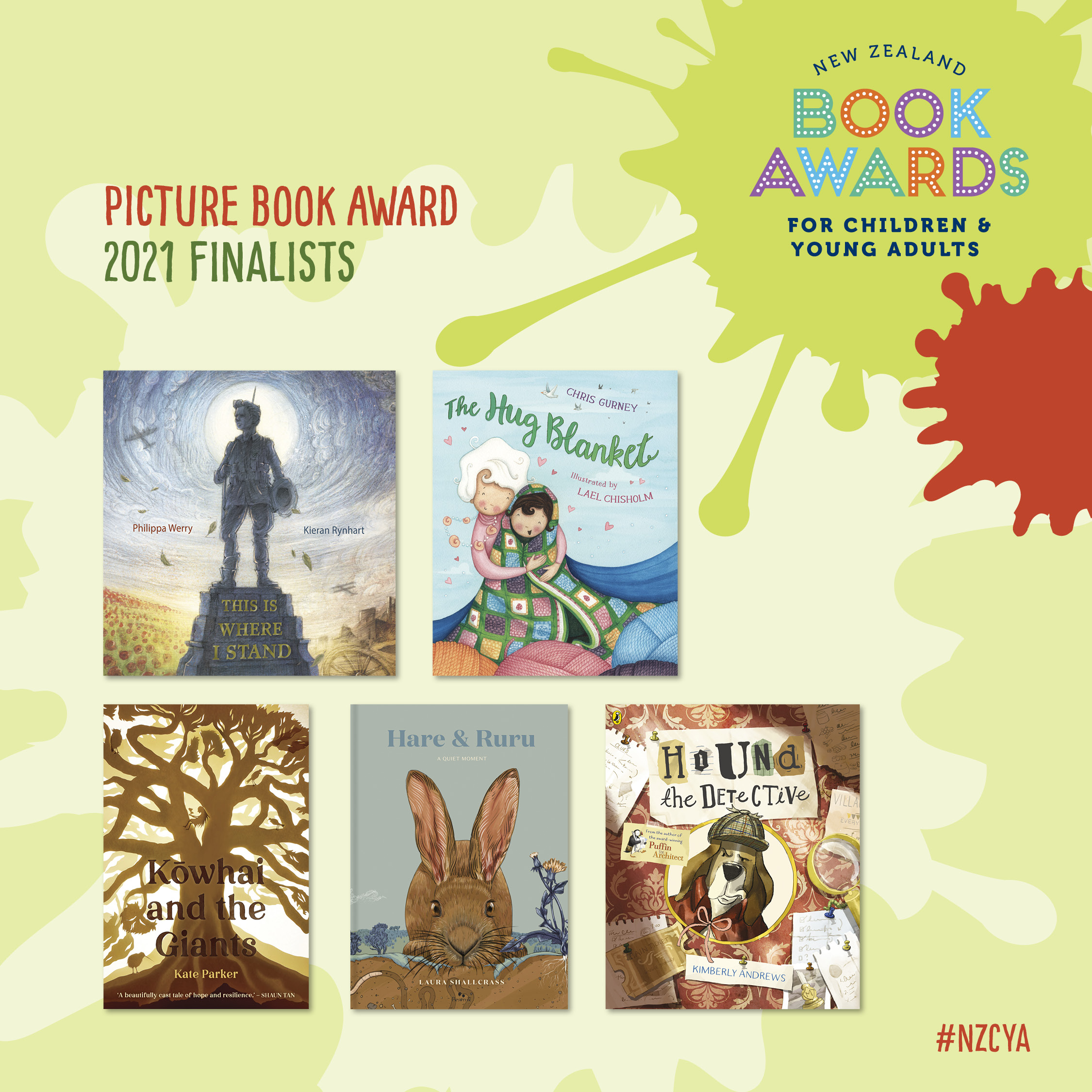
The finalists in the category are all brilliant. They wouldn’t be finalists if they weren’t! I divvied the five titles into three sets—two to take to some year twos, two to take to some year fives, and one that I kept to chat through with some year eights. In each little reading session, I told them that I wanted their honest opinions—the things they liked, the things they didn’t like so much. And so, here we bring you all The Sapling’s coverage of the 2021 NZCYA Picture Book Award—from the mouths of babes.
Kōwhai and the Giants by Kate Parker (Little Love)
The year two girls were in fine form, ready and happy to sit and listen. We read Kōwhai and the Giants by Kate Parker first. So, what did they think?
A couple of brave souls dived right in. ‘It’s about chopping down the giant trees,’ one offered.
‘It was interesting because instead of using humans, they used plants and stuff like that,’ another added.
We quickly got onto Kate Parker’s beautiful colour palette. ‘I liked how they used lots of gold, but they didn’t just use one colour of the gold.’ It was interesting, I replied, how she didn’t use lots of different colours, wasn’t it?
One girl wrinkled her face. ‘It was a bit brown-ish.’
‘I liked how they used lots of gold, but they didn’t just use one colour of the gold.’
‘It had interesting words. There were some big words.’
‘I liked the last page.’ I flipped back to that spread in the book. Yeah, I liked that one too. It looks a bit like when you look out into the sea in Auckland, doesn’t it, where you can see all the islands.
We were clearly now considering our perspectives on different parts of the book at this point. ‘I liked the front… I mean the middle of it.’ Once we got to the page that she had meant, others nodded.
‘They look a bit like rats!’ I think you might be right – good noticing! ‘You can see their tails. And also you can’t see that person’s eyes.’ It’s quite mysterious, isn’t it?
Here, observations and thoughts started flying in a little more wildly, with one girl ruminating on the fact that ‘people cannot eat the trees’ and another clearly feeling stuck on the no eyes thing, wondering ‘maybe it’s far away’.
Do we like it?
In great chorus: ‘Yeah!’
There’s a beat. ‘It’s a bit boring,’ one girl said.
Can’t win over all of ‘em.
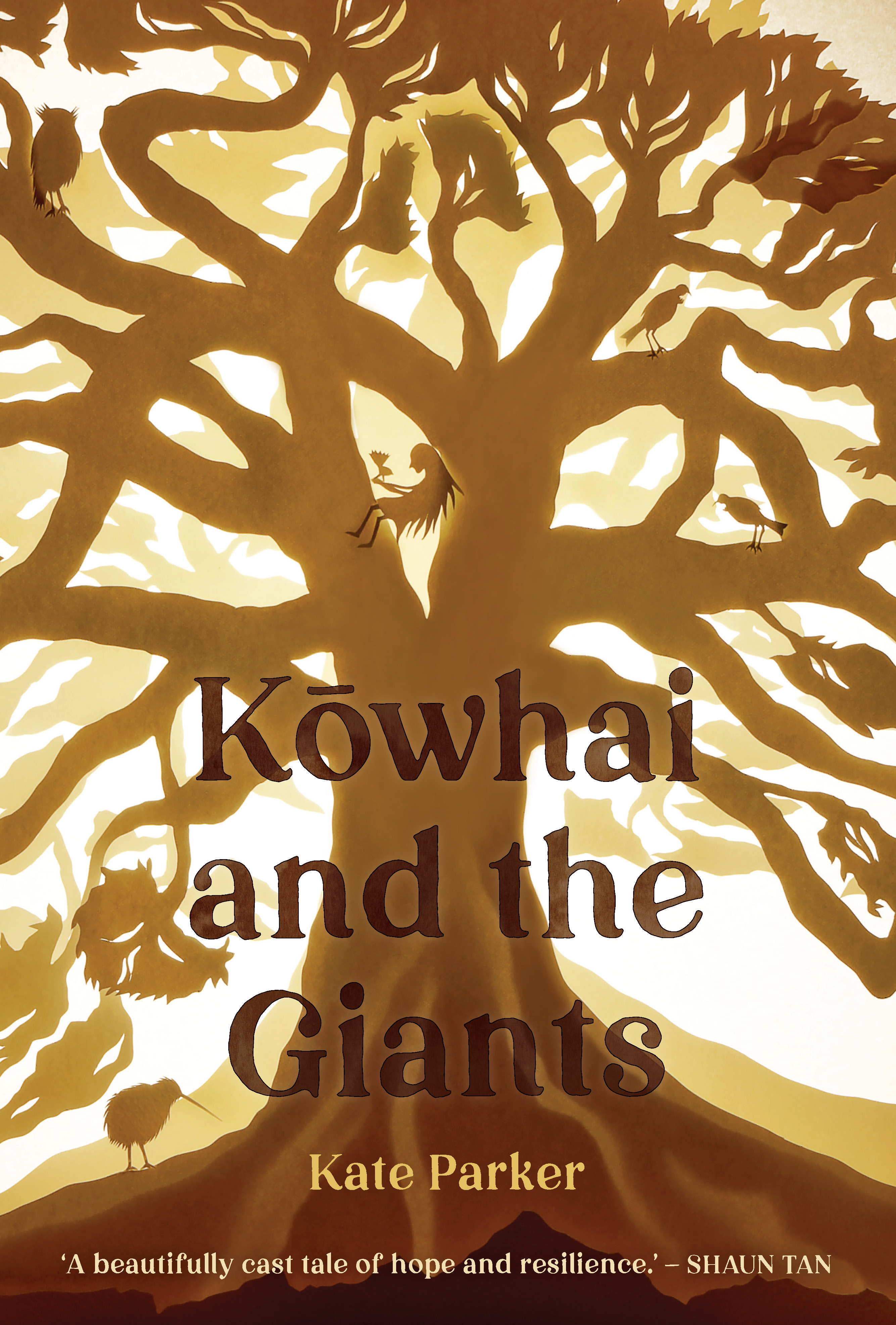
Hound the Detective by Kimberly Andrews (Puffin)
We picked up Hound the Detective next. I told them that after I’d finished reading it to them, I would pass it around so they could look at all the details in the pictures. They liked the idea of that.
The first stretched hand was reprimanding. ‘I don’t think that they should have said “ha ha” at the party. It’s a bit mean.’
‘He kept saying the same thing,’ another noted. ‘”Aha! A clue! I’m on the trail”’ He sure did!
‘Why did he go “aha”? a classmate wanted to know.
‘I think he was a bit surprised,’ she replied.
One girl wanted to make sure that her powers of observation were noted. ‘I saw someone in the window. So it wasn’t as much of a surprise for me.’ Yeah, there’s always a little clue, isn’t there!
One girl wanted to make sure that her powers of observation were noted. ‘I saw someone in the window. So it wasn’t as much of a surprise for me.’
‘And then there was someone behind the chair!’
What did we especially like, team?
‘I liked the little town.’
‘I liked the birthday party bit.’
Great! Anything else?
‘Can we choose our books now?’
I let them go choose their books. They’re only six, after all.
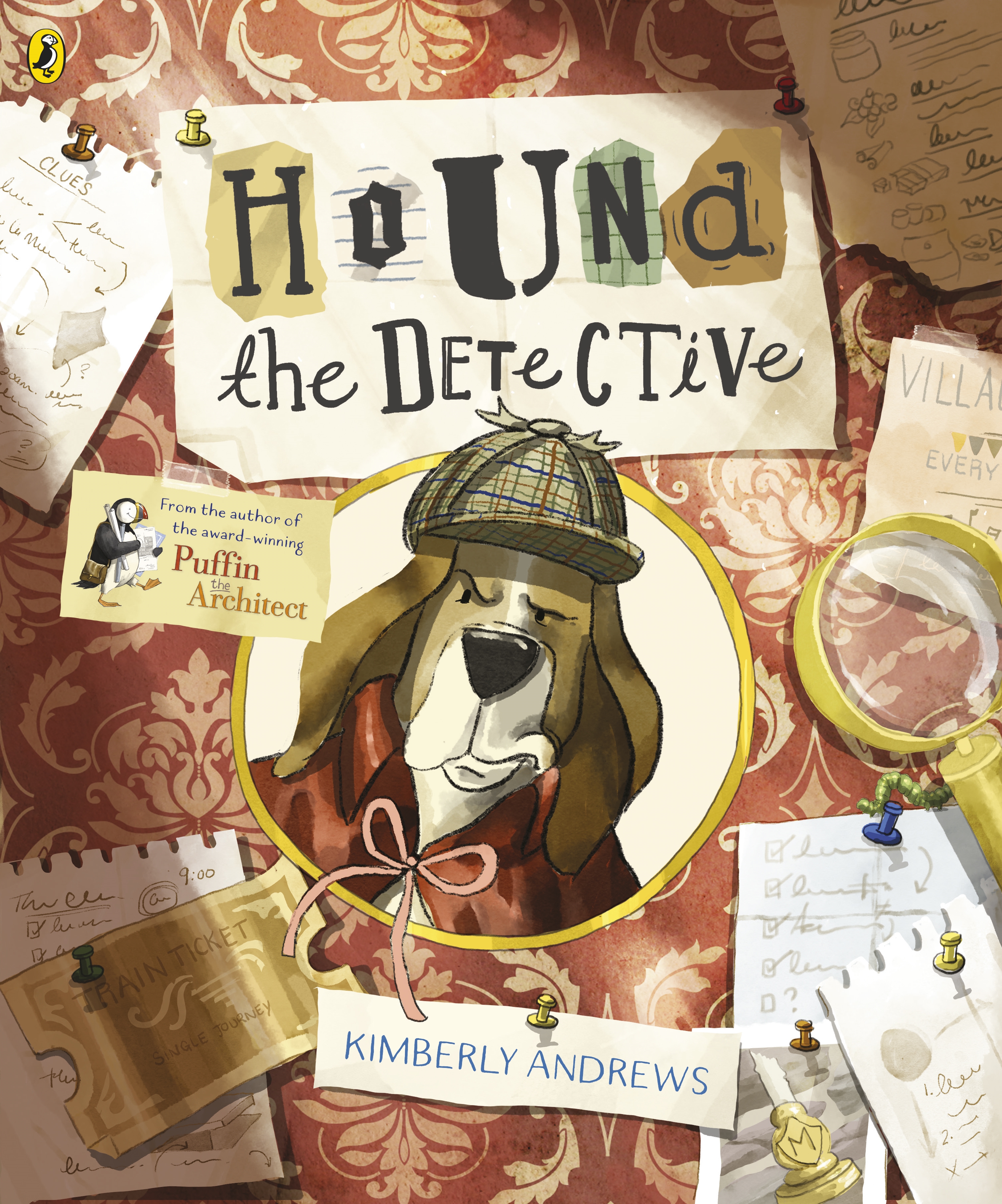
This is Where I Stand by Philippa Werry and Kieran Rynhart (Scholastic)
My next class were year fives, and I started them off with This Is Where I Stand, by Philippa Werry and illustrated by Kieran Rynhart—one that would have likely gone over the heads of the wee ones. And they had plenty to say.
‘I like how at the end it summarises all the points,’ one girl offered.
‘It was just a little boring,’ another said. ‘It was very descriptive.’ That’s okay! What do the rest of you think?
The descriptiveness that the girls all cottoned on to was polarising. Some agreed that it made it a bit boring, but others were all for it.
‘I like two things about it—I like how it describes a lot. Maybe a little bit too much describing, but I like it. I like that it doesn’t tell you straight forward that it’s a statue—it actually explains that it’s actually a statue, probably from ANZAC because there’s a gun slung over his shoulder and stuff like that.’
‘I like two things about it—I like how it describes a lot. Maybe a little bit too much describing, but I like it. I like that it doesn’t tell you straight forward that it’s a statue…’
‘Some of the words are repetitive, and it could have a bit more variety,’ one suggested.
‘The pictures were kind of like the same too, but I liked the words.’ So you think that there’s kind of repetition in the illustrations as well as the writing? ‘Yeah.’
We briefly talked what they liked about the illustrations: ‘There’s lots of detail, and they use similar colours.’
Our final points of discussion were about the way the story moved around. One girl said she got ‘really confused… because it was, like, moving to the deserts.’
The last statement before we moved on came from a perceptive wee soul. ‘I like how from the olden days it goes on to the future. In the olden days there weren’t cars, but then there were more cars and more shops, but he stayed the same as everything around him changed.’
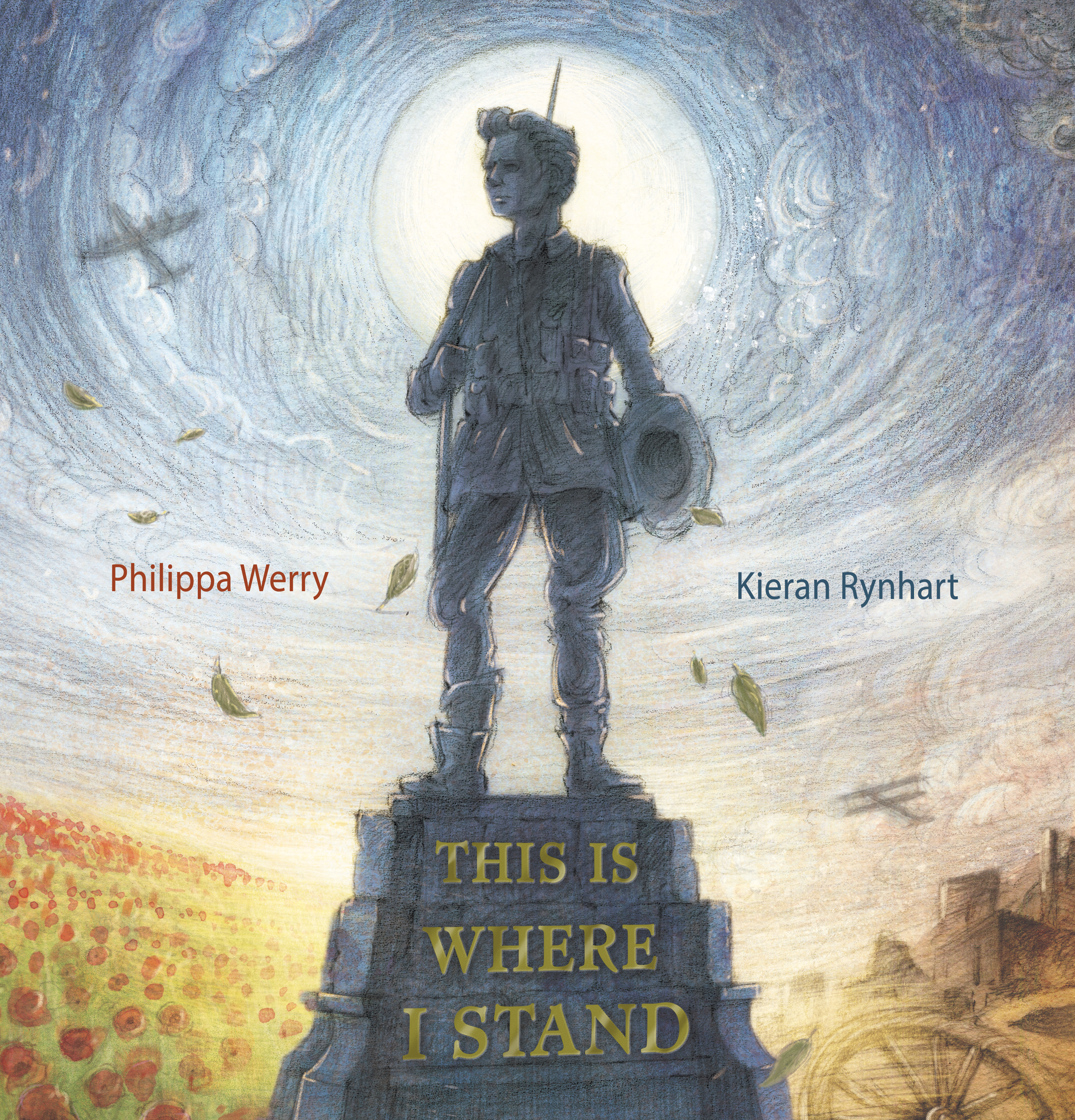
This is Where I Stand
By Philippa Werry
Illustrated by Kieran Rynhart
Published by Scholastic
RRP $27.99
Hare and Ruru by Laura Shallcrass (Beatnik)
We put away the first book and moved on to our second one for the class: Hare and Ruru by Laura Shallcrass. I don’t know if they just felt more confident and comfortable by the time we got to questions about this one, but they had even more to say.
‘I liked that the pictures were very detailed, and Hare and Ruru were both really cute.’
One girl asked me to flip back to the page where Ruru first turns up. ‘I liked how it’s kind of like an “I spy” to spot the ruru,’ she explained.
Another student was quick to echo the first statement, and elaborate. ‘The pictures have a lot of detail, and it included the worms in the dirt and stuff.’
Music to my English teacher and writer ears came in the form of one quiet girl suggesting that ‘there was some personification in the start.’
Music to my English teacher and writer ears came in the form of one quiet girl suggesting that ‘there was some personification in the start.’
Her mates got on board. ‘Yeah! I like how they said when the crows were talking, that they said the crows were talking, not that they were, like, cheeping.’
One would-be critic had firm takes on text to illustration ratios. ‘I think they could add more words. It was more pictures than words.’ Noted.
But her neighbour took over. ‘I was going to say something about that. It’s cool that they don’t really need words, the pictures tell the story.’ Very true! And it’s great that you can both see the same book and have such different thoughts about it! ‘When there were lots of words, they was quite descriptive,’ she went on.
The message of the book made for deep thinking from some of the girls. ‘It’s funny how the hare goes looking for quiet, he’s trying to search for it, like it’s actually a thing but it’s actually he just needs to calm down and breathe and actually everything will seem quiet instead of trying to search fruitlessly for quiet.’
If you’re wondering, I did, of course, compliment her use of the word fruitlessly. That on top of my excitement at the point about personification got some of them pulling out other things from their literary toolkits. ‘I liked how there was a sort of a synonym when it talks about how hare can’t hear.’
‘They used so many descriptive words, you could kind of paint a picture in your mind.’
The details of the illustrations were beloved. ‘I liked how you could see everything that was going on around Hare, like underground and in the sky.’
‘Yeah, I liked how the illustrator drew it.’
‘I just really, really liked the pictures.’
And of course, ‘I like how in most of the pages there was a worm.’
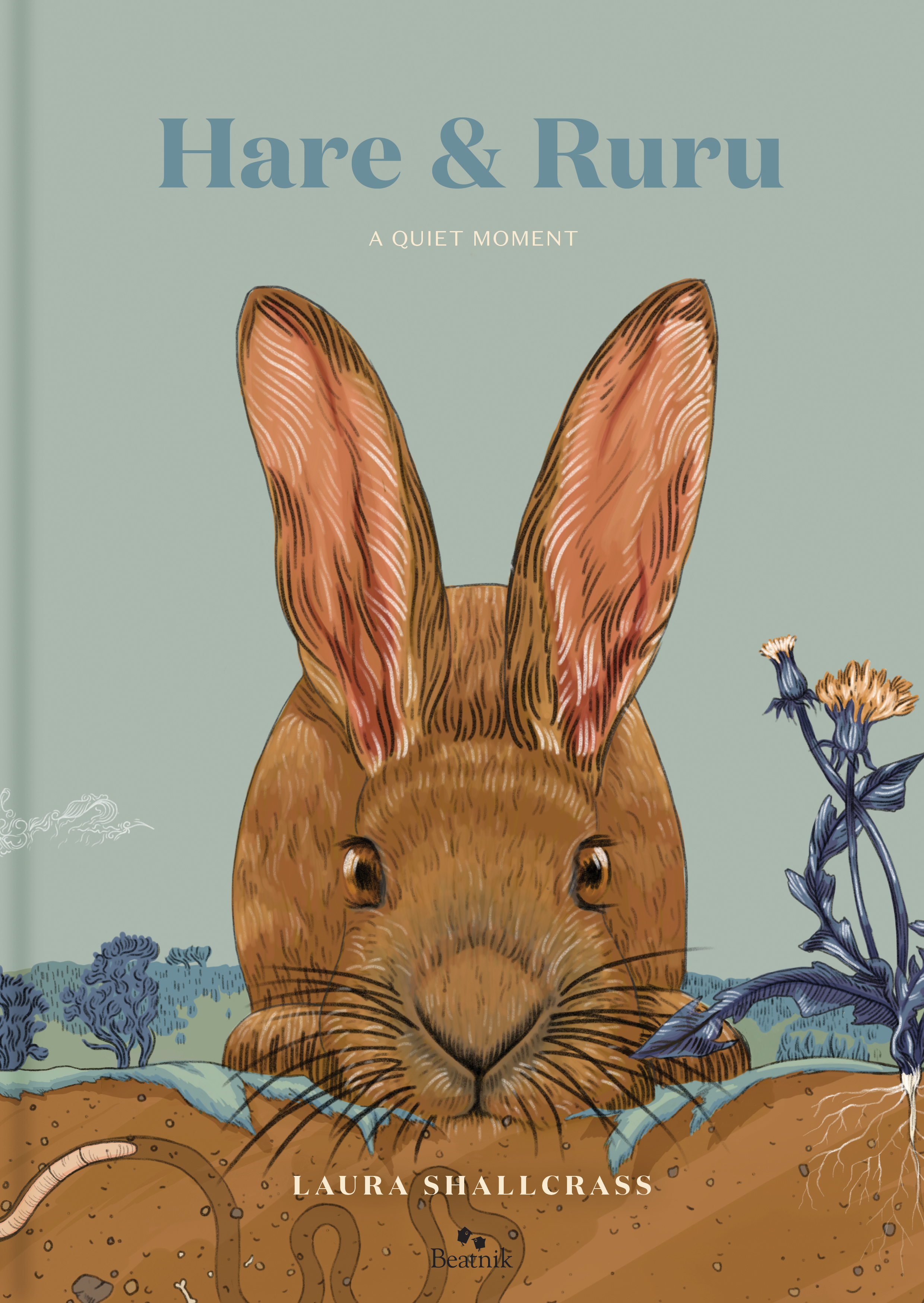
The Hug Blanket, by Chris Gurney and Lael Chisholm (Scholastic)
Since The Hug Blanket, by Chris Gurney and illustrated by Lael Chisholm, deals with bereavement, I elected not to read it with a whole class. I didn’t want to run the risk of accidentally taking it to a class where a student was dealing with a loss. But I conveniently have a small group of very committed year eights who I train for the Kids LitQuiz – so I took it to them for their consideration.
‘It was a bit weird how it went from “I love my Nana” to “Nana died”’, one student commented. ‘I didn’t see any obvious hints and wondered if I’d skipped a page or something.’
‘It was a bit weird how it went from “I love my Nana” to “Nana died”’, one student commented.
Another agreed. ‘I would have liked to see more lead-up to know that it was coming.’
I think that most of the time if a kid were reading this book, they would have discussed it’s topic beforehand, I suggested – and they accepted that. ‘Yeah, it’s not one you’d want to pick up if you were hoping to have a fun read.’
They were a little torn on Lael Chisholm’s illustrations. ‘They’re really, really good,’ one of them said. ‘But it felt a bit weird that they were so bright when it was about something so sad.’
As LitQuiz kids, they have been doing reading of a lot of books for a range of ages, and as such, were equipped to offer tweenage insights. ‘There’s a good amount of writing, quite a lot of text,’ one said. ‘It would be good for like, seven-to-nine-year-old independent reading.’
‘And maybe reading to someone who’s younger.’
We talked about the purpose of the book and who it might be for. ‘I don’t know exactly,’ one admitted. ‘Are you going to be like “You know how Nana died recently? Here’s a book where that happens too!”’
Do you think it might be useful to help people be more empathetic? Maybe if someone has a friend whose grandma has died – do you think it could be useful to help them understand how they might be feeling?
They agreed. ‘Yeah, that makes sense.’
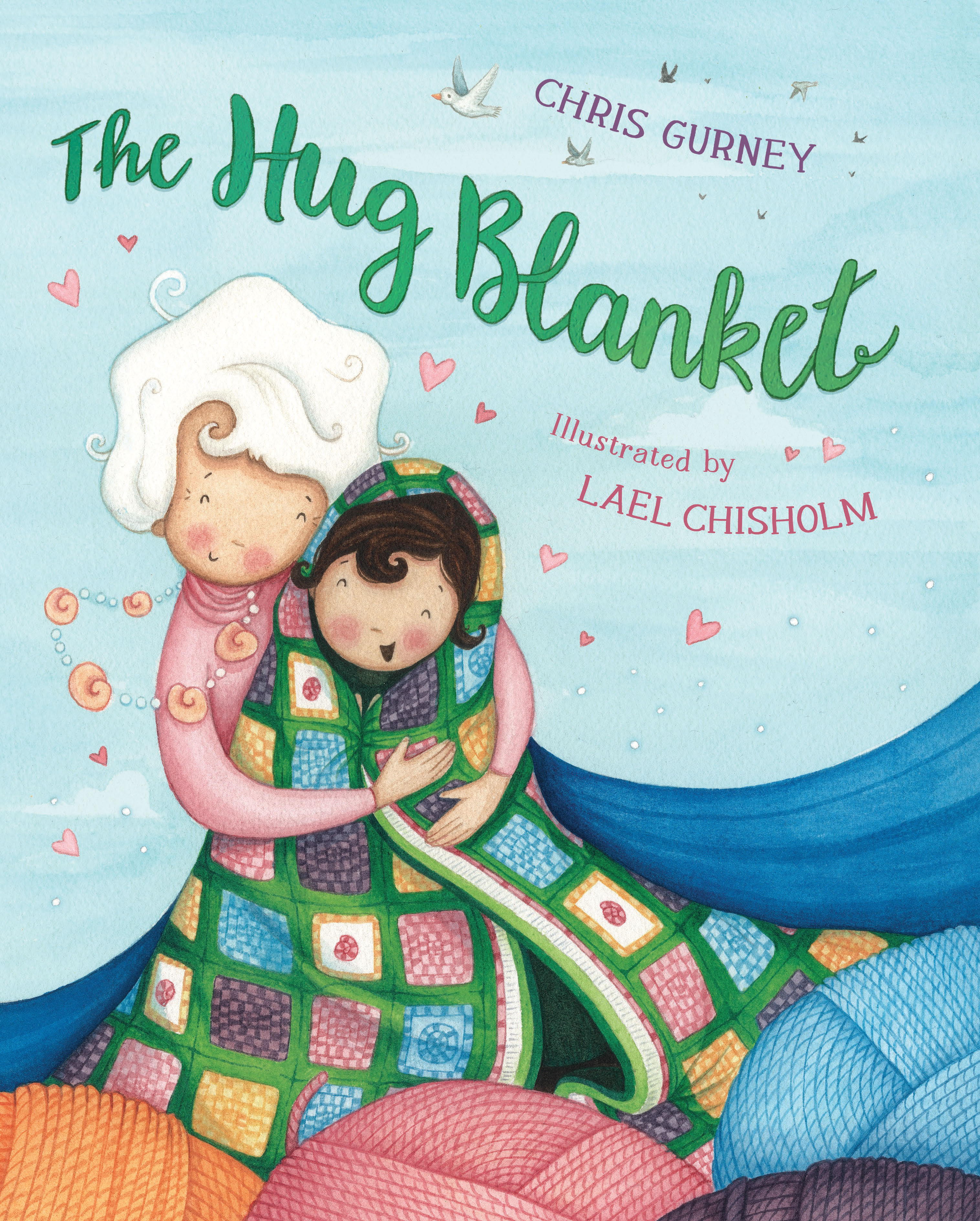
The Hug Blanket
By Chris Gurney
Illustrated by Lael Chisholm
Published by Huia Publishing
RRP $21.99
Consensus is that these are five pretty amazing books. Were there things that the girls weren’t so keen on? Sure. But every book captured them in different ways, and made them think creatively and broadly. So while there will only be one winner on the night, as ever, the kids of Aotearoa are the real winners.
Check out our coverage of the other Book Awards for Children & Young Adults categories:
The Elsie Locke for Non-Fiction finalists share the story behind their books
The NZCYA finalists announcement, including reckons from editors Sarah, Briar, Nida and Simie

Briar Lawry is an English teacher and writer from Tāmaki Makaurau. She worked in bookshops for years, most notably Little Unity, and judged the NZCYA Awards in 2020. She was also one of the editors of The Sapling between 2019 and 2023.



